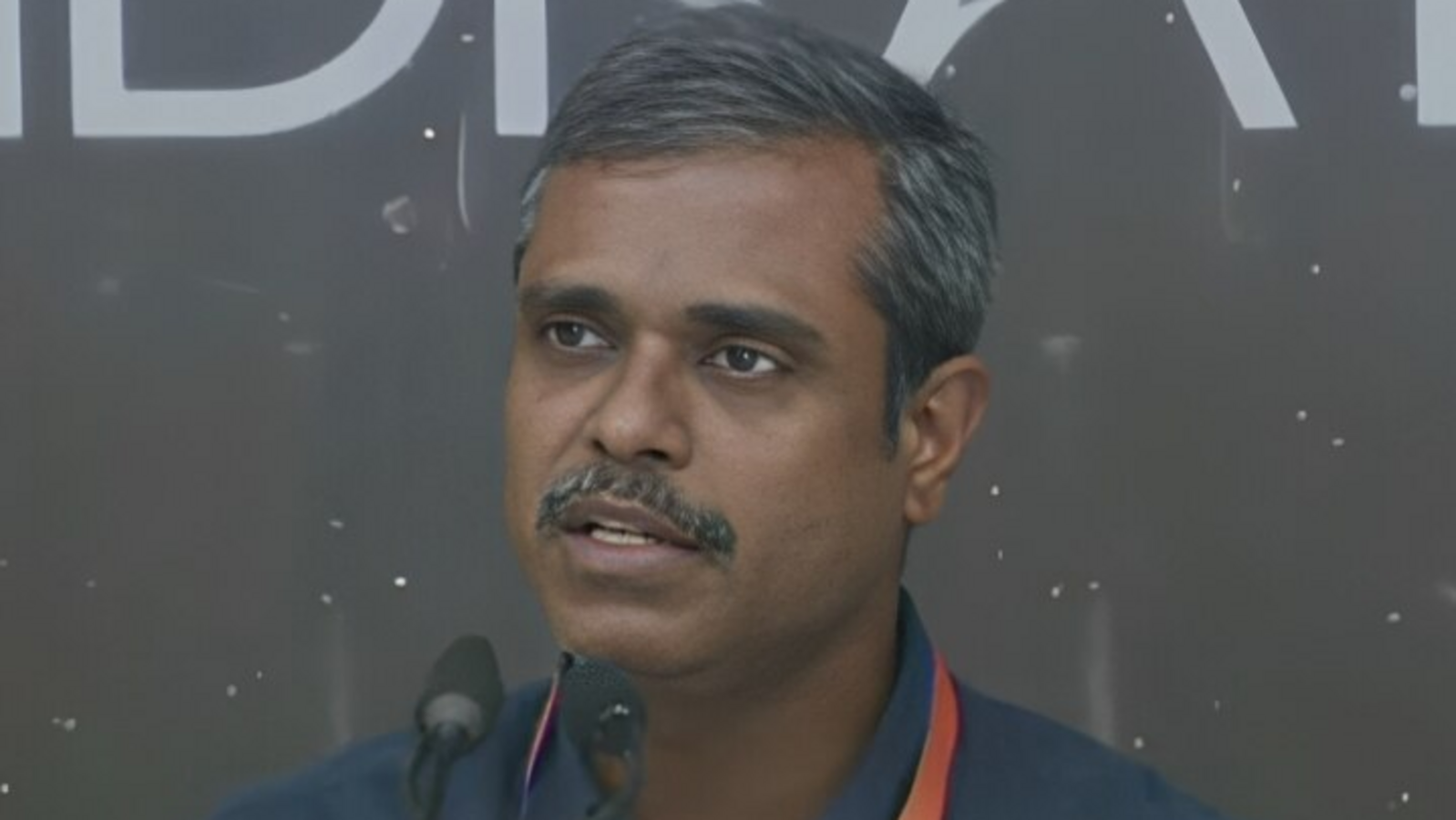Last week, the Indian Space Research Organisation (ISRO) successfully tested the crew escape system for Gaganyaan, India’s ambitious manned space mission. What is the project and what will it mean for India’s space ambitions? Here’s an explainer.
You are using an out of date browser. It may not display this or other websites correctly.
You should upgrade or use an alternative browser.
You should upgrade or use an alternative browser.
Basically its almost impossible to design a battery to withstand near absolute zero for this period of time (half a month). Nothing is 100%, i.e there is likely some high confidence interval that the batteries and capacitors etc involved could not survive this (found out during cold freeze research and testing etc) but there is some finite small chance worth checking for anyway just in case.
There was no RTG etc like say found on voyager space probes (to provide a steady residual minimum temperature to critical payloads), likely the mass and other budgets would cascade by that and was deemed not worth it.
i.e the thermal management was never designed by its basis to survive the lunar night (and the mission was timed to make full use of the lunar day before it with this in mind tool).
Though it has now been revealed RTG tech demonstrators were employed aboard the CY-3 orbiter. So future lunar, martian and solar system explorer projects may involve landers and rovers with RTG onboard hopefully to have longer mission life @Rodeo @Gessler et al.
Check this out @Gessler @Marlii et al. All part of ISRO's strength.


‘Conscience was not…’: Chandrayaan-3 project director donates away 2 years' sala
The amount of ₹25 lakh was awarded to him by the Tamil Nadu government, as a mark of appreciation for his efforts in the successful landing of rover on the Moon's surface.
www.livemint.com
Yes here is the presentation uploaded by IITM Pune, I will have to watch it a bit later in more depth:
Basically we have confirmation now that LUPEX is separate mission to CY-4 (which will be done later).
LUPEX will be a joint mission with JAXA it seems (which is pretty much the best country India can cooperate with space if you look at what JAXA has developed in unique ways which they are very humble about).
CY-4 will involve a lunar sample return and two separate launches (one for the lunar mission component, the other for it to dock to on return and for re-entry to Earth). Very interesting mission design.
Eutelsat OneWeb gets space regulator’s nod for satellite broadband services | Mint
The approval means Eutelsat OneWeb can launch commercial connectivity services as soon as spectrum allocation has been granted by the government

US ready to send an Indian to International Space Station next year, says Nasa chief | India News - Times of India
India News: NEW DELHI: The first space travel by an Indian citizen after Rakesh Sharma’s pioneering journey in 1984 is likely to take place as early as next year.
Was this too on the slides?
Big if true
Yes it is in the 5th slide of that thread summary. I suppose it hinges on how the cooperation goes with US..an extra if you will as segue after the Indian space station (there is commonality in docking standards after all in international space, so might as well leverage off US economy of scale at that point where possible).
But I do not foresee it as being contingent to Indian program for a human moon landing.

US ready to send an Indian to International Space Station next year, says Nasa chief | India News - Times of India
India News: NEW DELHI: The first space travel by an Indian citizen after Rakesh Sharma’s pioneering journey in 1984 is likely to take place as early as next year.timesofindia.indiatimes.com
Other important updates being: 1) US extending offer of cooperation in the Indian space station program (BAS) and 2) Proposal for a joint interplanetary mission (to Mars?) between ISRO-NASA.



